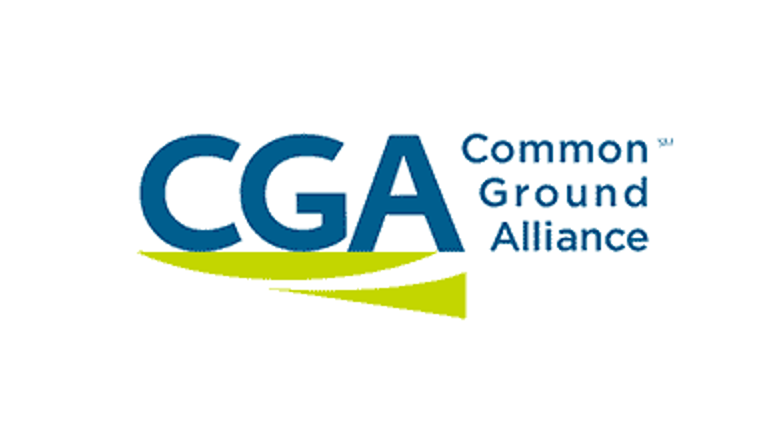Make Every Job Safer – Create a Site-Specific Safety Plan
A Site-Specific Safety Plan is a document that outlines how management plans to manage risk at a specific construction site.
This article provides contractors with basic information necessary to create a Site-Specific Safety Plan (SSSP). Due to constantly changing requirements established by specific organizations and contracts, we cannot guarantee absolute accuracy of the material contained herein. This article is strictly a guideline and not all-inclusive, therefore contractors are responsible for adding or deleting sections that apply or do not apply to each and every specific situation.
Owners and general contractors are requiring subcontractors to complete a detailed SSSP before jobs begin. The plan must be kept current as the job progresses. In conjunction with job safety analysis (JSA), an SSSP describes how to identify and analyze safety risks dealing with specific job-related tasks, equipment and overall operations followed by procedures to eliminate and/or control the risks. The plan must be provided in the preconstruction phase and updated and kept current until the project is completed.
The plan will:
- Define the scope of the work
- Identify and analyze risk/potential hazards
- Develop and implement controls
- Include subcontractors
- Ensure all persons involved understand and comply with the plan
- Obtain feedback
Elements of an SSSP
At a minimum, an SSSP should:
- Be signed by the subcontractor’s project manager, superintendent and foreman
- Identify managers, foremen, safety coordinators, qualified and competent persons and their specific jobsite responsibilities
- Include contact information for all managers and other key personnel
- Identify hazards associated with the work
- Explain how hazards will be identified (e.g. checklists)
- Explain how hazards will be analyzed (e.g. JSAs)
- Explain how hazards will be eliminated or controlled (e.g. trench protection systems, lockout/tagout, personal fall arrest system, etc.)
- List training and experience of contractor’s employees — identifying specific requirements (e.g. OSHA 10 and/or 30-hour program, NUCA CPT, CS training)
- Include the types of records that are required to be kept and who will be responsible for keeping the records (e.g. daily inspections, Tool-Box-Talk attendees)
- Identify the inspection and compliance requirements
- Outline safety meeting requirements
- Include applicable written work procedures
- Include an emergency plan and procedures including emergency numbers, trained first aid and rescue personnel, contact names and phone numbers
Scope of Work
Review the scope and describe the type of work by:
- Conducting an inspection of the worksite and discuss the implementation of a safety plan with key personnel and workers who may be affected.
- Listing major activities and equipment to be used by contractors during all phases of the project.
- Share the Scope of Work with all subcontractors and sub-tier contractors and ask for feedback and comments
- Revise the plan where necessary
Analyze the Hazards
- Identify all hazards and assess the risks at the jobsite
- Include subcontractor operations
- Control the Hazards
- List how risks will be managed and controlled
- Include subcontractors and sub-tier contractors
- Develop and implement hazard controls
- Review and frequently update the plan, with specific emphasis when changes are made to the scope of the work
Perform the Work
- Monitor the plan during the course of work to ensure that designated responsibilities and provisions are completed
- Hold regular meetings to review the plan and discuss issues associated with the plan
- Identify and repair or modify any deficiencies to prevent recurrence
- Stop activities that endanger the lives and safety of workers immediately
Obtain Feedback
For an SSSP to be effective, it must be reviewed periodically and at the end of the contract. Items to be considered include:
- Were the objectives achieved?
- Was the plan appropriate to the specific project?
- Was it effective at ensuring safe outcomes?
- Were responsibilities carried out?
- Can it be improved?
- Maintain the plan for future reference
Site-Specific Safety Plans are developed to prevent accidents by anticipating and eliminating hazards. Through the SSSP process, the scope of work and potential hazards are identified and safe work practices are defined to eliminate and control those hazards.
Advantages of Using an SSSP
Include:
- Giving a clear, written representation of the hazards and risks that are anticipated
- Creating a system and organized outline that connects specific activities to hazards and hazard control
- Incorporating all trades and subcontractors to make a comprehensive safety plan that applies to everyone involved
- Identifying additional information that may be needed to complete the job efficiently (e.g. permits, notifications, changes, substitutions, etc.)
It is important to involve all contractors who will work at the jobsite. Subcontractors are called upon to identify the tasks they will perform in addition to the risk involved and potential hazards. This will result in a thorough analysis of the job, increase buy-in and lead to greater accountability for the successful completion of the work. The goal of every SSSP should be completion of the work with zero accidents.
George Kennedy is NUCA’s vice president of safety.





